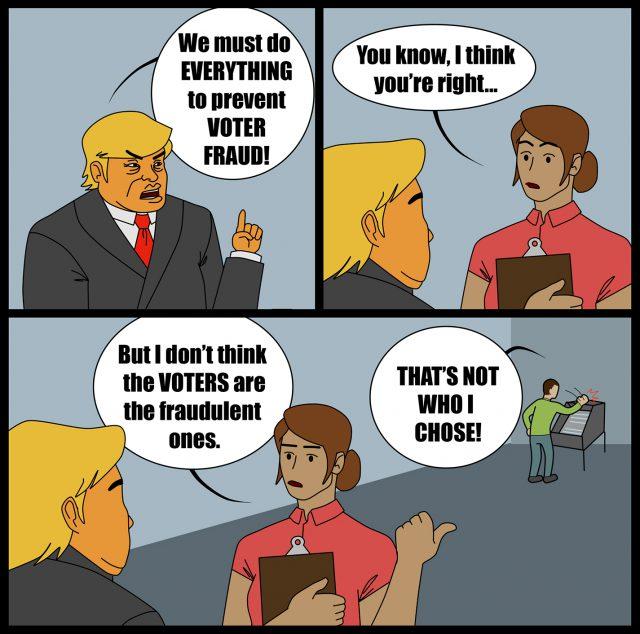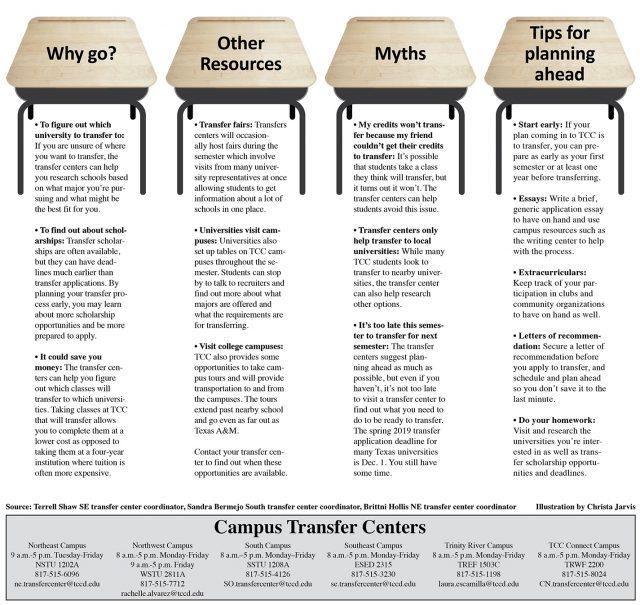With so many issues reported with technology, hacking, voter suppression and more, the integrity of this election should be questioned regardless of which party emerged victorious.
Voters across Texas experienced malfunctions with the machines used to cast their ballots when voting in midterm elections. When it came time to review their ballot, some found their vote had been switched to a different party’s candidate than the one they selected.
According the Texas Secretary of State’s office, the error occurred when voters cast a straight-party vote but made other selections on the machine before it finished processing.
Those who caught the error before submitting were able to go back and change their selections, but it’s possible many voters didn’t catch it because they didn’t know to look for it. So, how many incorrect votes were cast due to device error this election? Any number is too many and calls the integrity of the results into question.
The affected technology was Hart eSlate machines, which, despite being over a decade old, are still used in about one-third of Texas counties, including Tarrant County.
Some Texans might consider this error a moot point because it involves straight-party voting, which will be removed from Texas ballots in 2020. However, the technology should still be upgraded for increased ease of use and to avoid future malfunctions. With how much technology has changed just in the last five years, it’s a wonder why the machines are still in use despite upgraded technology being available.
The cost could be what’s keeping some counties from upgrading, but it should be a priority nonetheless. If they can find the money, improving voting technology could instill more confidence in the process.
It’s already too easy for someone to convince themselves their vote doesn’t matter, and knowing their votes could be altered due to an error only offers another reason to get discouraged. The political process has no shortage of frustrations, why add to it?
Concerns over foreign hacking and manipulation of election results is also still a concern in 2018 because despite multiple reports confirming interference in 2016, nothing was changed to keep it from happening again this year. How can we trust that these results are correct and not manipulated to benefit foreign powers?
Another area of concern this midterm election cycle has been voter suppression. Claims of voter fraud have been a justification for many states to implement laws which impede the ability to vote for many, who are primarily people of color. In Texas, voters are required to present a government-issued photo ID as barrier before stepping into the voting booth.
An alternative for those without an ID does exist, but not everyone knows about it. And when it requires the voter to sign an affidavit declaring a “reasonable impediment” to obtaining a photo ID but comes with the possibility of committing a felony should they be mistaken, is that really a good alternative? Not to mention, many are unaware they have another option.
Voter suppression also calls into question the results of elections. If mass amounts of citizens are being kept from voting, can those elected actually be representatives of the majority?
It’s a citizen’s civic duty to vote in elections and process is important. It should be as accessible and as effortless as possible. Officials should strive to remove obstacles, not add, but the process continues to be riddled with road blocks.
Our process is broken. Our democracy is at risk. We must fix it and restore confidence in our political process before the next election.






























